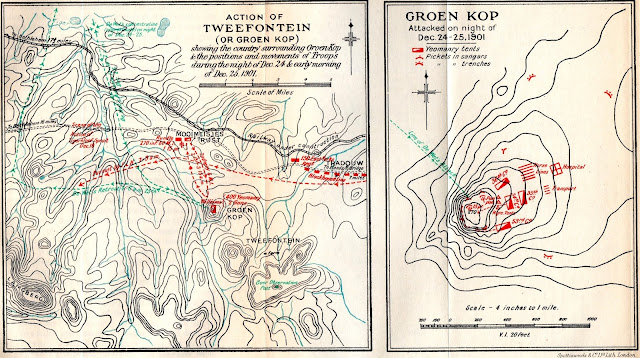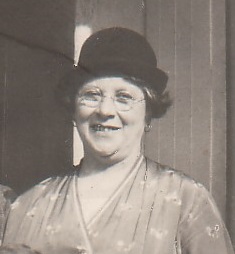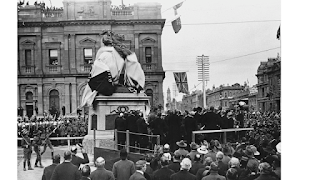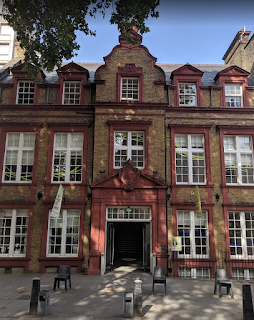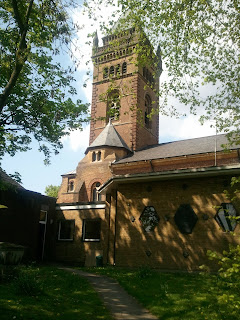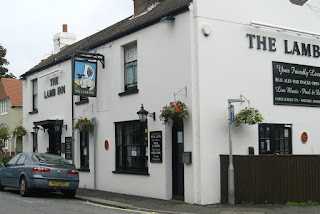SIDLEY BLOG No 7
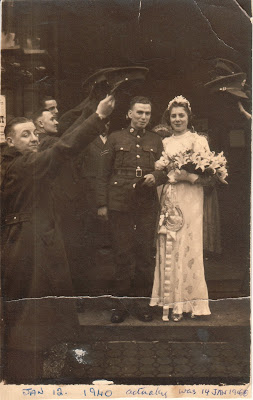
Family weddings The wedding of Pamela Joyce Buchanan, second daughter of Ada Annie Maud and William John Buchanan to Edward Michael Williams, only son of Ellen and William Evan Robert Williams, took place at St Mary’s Church, South Ealing, W5 on 14 January 1940. Notice the traditional guard of honour from the Middlesex Regiment. Edward Williams was a Corporal in 2/8th Middlesex Regiment, the “Die Hards”. Pamela Joyce Buchanan with her uncle George Thomas Edward Sidley at the front of 27 South Ealing Road, South Ealing 14 January 1940. I believe George gave her away at the ceremony instead of her father William John Buchanan. She was the eldest granddaughter of Louisa and George Thomas Sidley of Bognor Regis. The wedding is of Priscilla Bettina Betty Buchanan third daughter of Ada Annie Maud and William John Buchanan to Walter Eugene (Gene) Rosendahl of the United States of America, was solemnised in December 1944 at St Mary’s Church, South E
